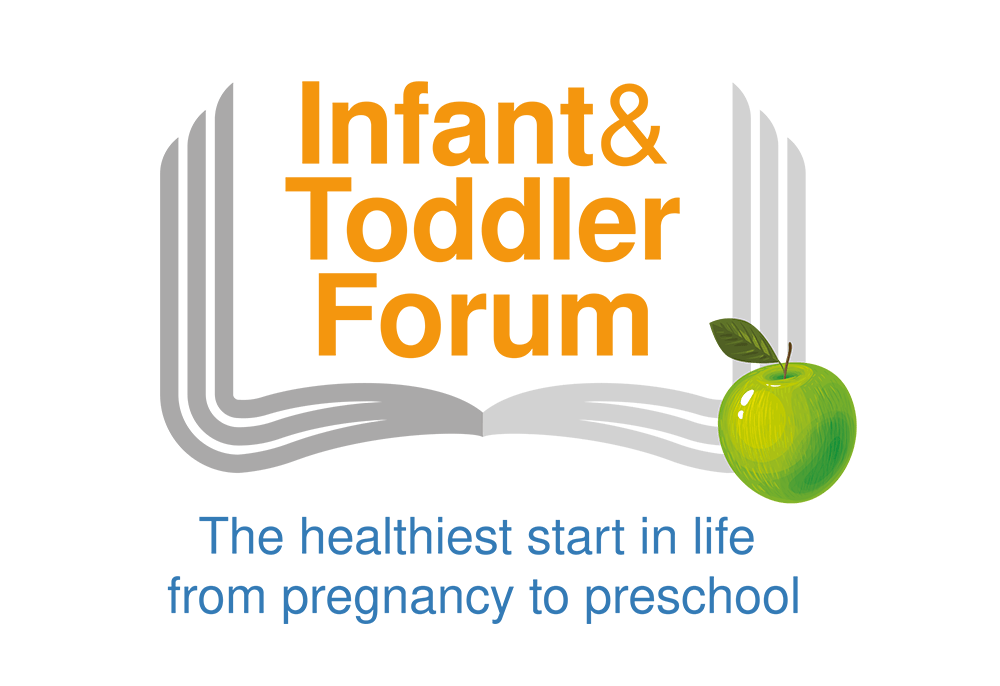- One in ten parents regularly give pre-school children meals close to the size of adult portions*
- Parents are unaware of the health consequences of feeding too much too often
- #rethinktoddlerportionsizes new campaign sheds light on how much is too much. It’s time to rethink our notion of how much food toddlers need
The vast majority of parents are unwittingly giving their toddlers too much food, putting them at risk of obesity according to new research from leading health and nutrition experts – the Infant & Toddler Forum (ITF).
The survey of 1000 UK mums and dads (1) revealed that 79%** of parents routinely offer portions bigger than the recommended size range for pre-schoolers when serving popular meals [such as spaghetti bolognaise and chicken nuggets with chips], drinks and treats. The survey, which involved parents looking at images of portion sizes, also revealed that more than 10% of parents usually serve their child close to an adult-size portion of spaghetti bolognaise or cheese sandwiches.
The findings highlighted the emotional complexities of feeding toddlers: 73% are more concerned that their child does not eat enough – twice as likely as they are to be concerned that their child eats too much. Only 25% of parents worry that their child might become overweight in the future. Just a quarter of parents are ‘very confident’ about the amount of food to give to their child, and younger parents (aged 18-24 years) are significantly less confident than older parents.
There was also a tendency for parents to use food or drink between meals as a pacifier, with 36% of parents using this method to calm children down when they are upset. Experts warn that using food or drink as a reward, to comfort and/or distract encourages young children to rely on food to deal with emotions, teaching them to continue this behaviour in later life (2).
Judy More, Paediatric dietitian and member of the ITF, comments: ‘Practical advice for parents on appropriate portion sizes for toddlers has been lacking, so it’s not surprising, our survey revealed a significant lack of understanding about how much to feed toddlers. With new evidence linking larger portion sizes to excess weight gain (3), it’s clear parents need practical advice NOW. The Infant & Toddler Forum, have developed a user-friendly guide to the recommended portion size ranges for children aged 1-4 to help parents take the guesswork out of how much is enough. Visit www.infantandtoddlerforum.org/portionsizes to find out more.’
Gill Harris, Child and Clinical psychologist and member of the ITF, comments: ‘It’s never too early to start promoting healthy eating habits. Most toddlers are naturally better than older children and adults at regulating their food intake. They usually only eat what they need and don’t overeat. However, portion size is critical. It’s one of the main ways in which, as parents, we can inadvertently override children’s self-regulation systems. Larger portions form our acceptance about what is an appropriate amount to eat and this becomes the “norm”. In other words, how much you offer often determines how much your child will eat and habits learned in early life generally tend to persist.’
In response to these findings the ITF, supported by 4Children, Family Lives and the Pre-school Learning Alliance, is launching the #rethinktoddlerportionsizes campaign. The campaign aims to encourage all families to rethink how much is on the plates of their young children and is calling for guidance on appropriate portion sizes for families of young children to be a key public health strategy in the fight against obesity.
Visit www.infantandtoddlerforum.org/portionsizes to find out more and access practical advice.
Layla Rogers, 29, first-time mum of one, used the portion sizes and said: ‘I was shocked to find out I was giving my 18 month-old too much food. In fact, I’ve always worried more about my toddler eating too little than too much and I’d offer additional food and snacks in between meals to reassure myself that she was eating enough. It was really useful to see the actual amounts that should be the norm for toddlers. It’s helped me change not just how much food I put on the plate but also some of those feeding habits that are ingrained in all of us such as encouraging children to clean the plate!’
Follow us and join the chat on Facebook and Twitter #rethinktoddlerportionsizes
